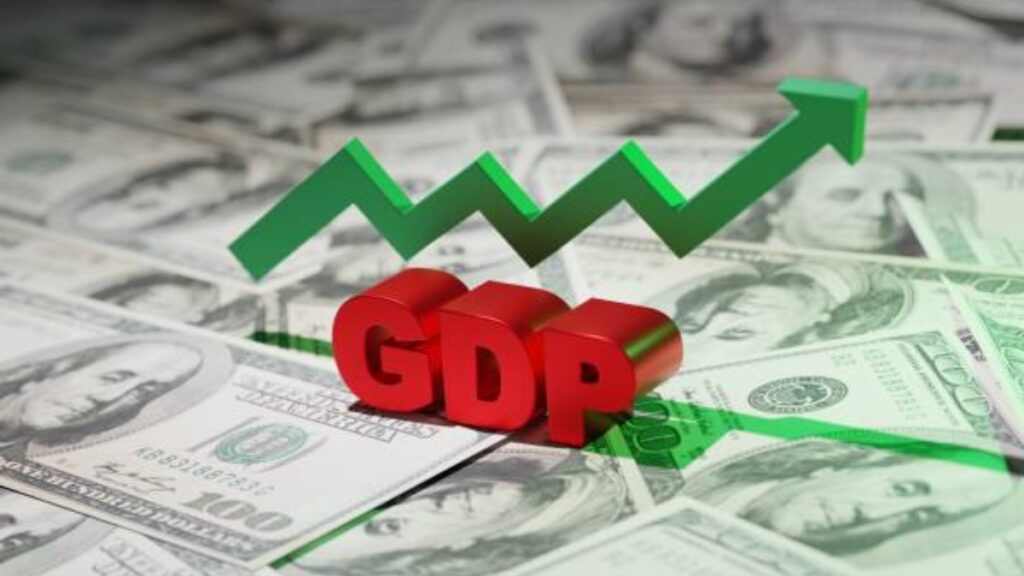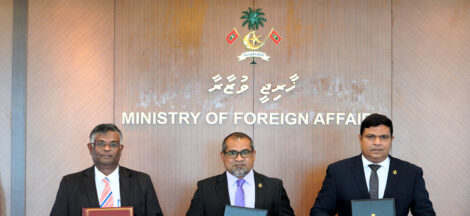NEW DELHI: India’s economic growth likely slowed down to a six-quarter low of 6.3% in Q2FY25, mainly due to a moderation in growth of both manufacturing and services sectors, going by the median of poll among 18 economists.
In Q1 of FY25, the gross domestic product (GDP) had grown 6.7% and in Q2 of FY24 at 8.1%.
The National Statistical Office (NSO) will release the official data for the July-September quarter on Friday.
At 6.3%, the growth would be starkly lower than the Reserve Bank of India’s (RBI) projection of 7% for the September quarter. Moreover, to reach the 7.2% projection (of RBI) for FY25, growth in H2 will have to touch 7.9%, which is unlikely to be the case, say the economists.
“The projection of 6.3% is below RBI’s projection, and if it materializes, will pose downside risks to our FY25 GDP projections of 6.8%, and to RBI’s projections of 7.2% as well,” noted Rahul Bajoria, India & ASEAN economist, BofA Securities.
Radhika Rao, senior economist, DBS Bank said: “Idiosyncratic developments, delayed start to the public capex spending, benign listed corporate earnings, and moderation in real purchasing power dented output in first half of the fiscal year.”
But we are counting on a catch-up in momentum in the second half to lift full-year growth to 6.7%, she added.
In Q2, factory output, as measured by index of industrial production (IIP), averaged 2.6% YoY (5.5% YoY in Q1) compared with 7.8% YoY in the same period last year. And services activity, gauged through services PMI, dipped, with the Q2 print averaging 59.6 as against 60.5 in Q1.
Agriculture activity, on the other hand, saw an upturn due to an uptick in rural consumption, say analysts. Bofa expects agriculture GVA to rise to a six-quarter high of 6%, in the backdrop of elevated kharif food production.
ICICI Bank said in a report that rural demand is showing “resilience” as evident from higher FMCG sales at 6% in Q2 as against 2% seen in urban markets. For the year (Apr-Oct), two-wheelers and tractor sales have increased at 13.2% and 3.2%, respectively.
Meanwhile, on the expenditure side, growth in household consumption remained relatively healthy, due to low base, ongoing fiscal transfers, and low core inflation, say analysts.
IDFC FIRST Bank Chief Economist Gaura Sen Gupta said that growth will get support in Q2 from higher government expenditure too, which picked up in Q2 after declining in Q1FY25, due to elections.
However, the biggest concern remains over the slow pace of public capex spending, said economists. “Currently it’s running 15% below last year’s spending levels and needs to accelerate to over 50% growth between October-March to meet the budgetary estimates, which in our view is an uphill task,” said Bajoria. In H1, Centre’s capex stood at Rs 4.15 lakh crore, which is 49% of the FY25 target of Rs 11.11 lakh crore.
On trade, both exports and imports have slowed largely due to falling energy prices, but a surge in gold imports meant that the consolidated trade deficit widened during the quarter, which can potentially shave off some growth, say analysts.
Source: The Financial Express




 Food Inflation To Moderate In Coming Months: Finance Ministry
Food Inflation To Moderate In Coming Months: Finance Ministry 